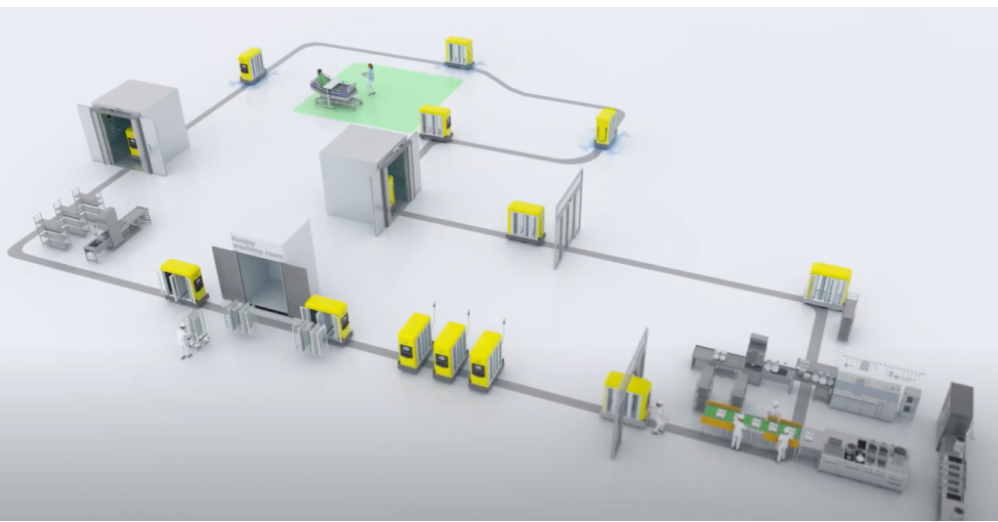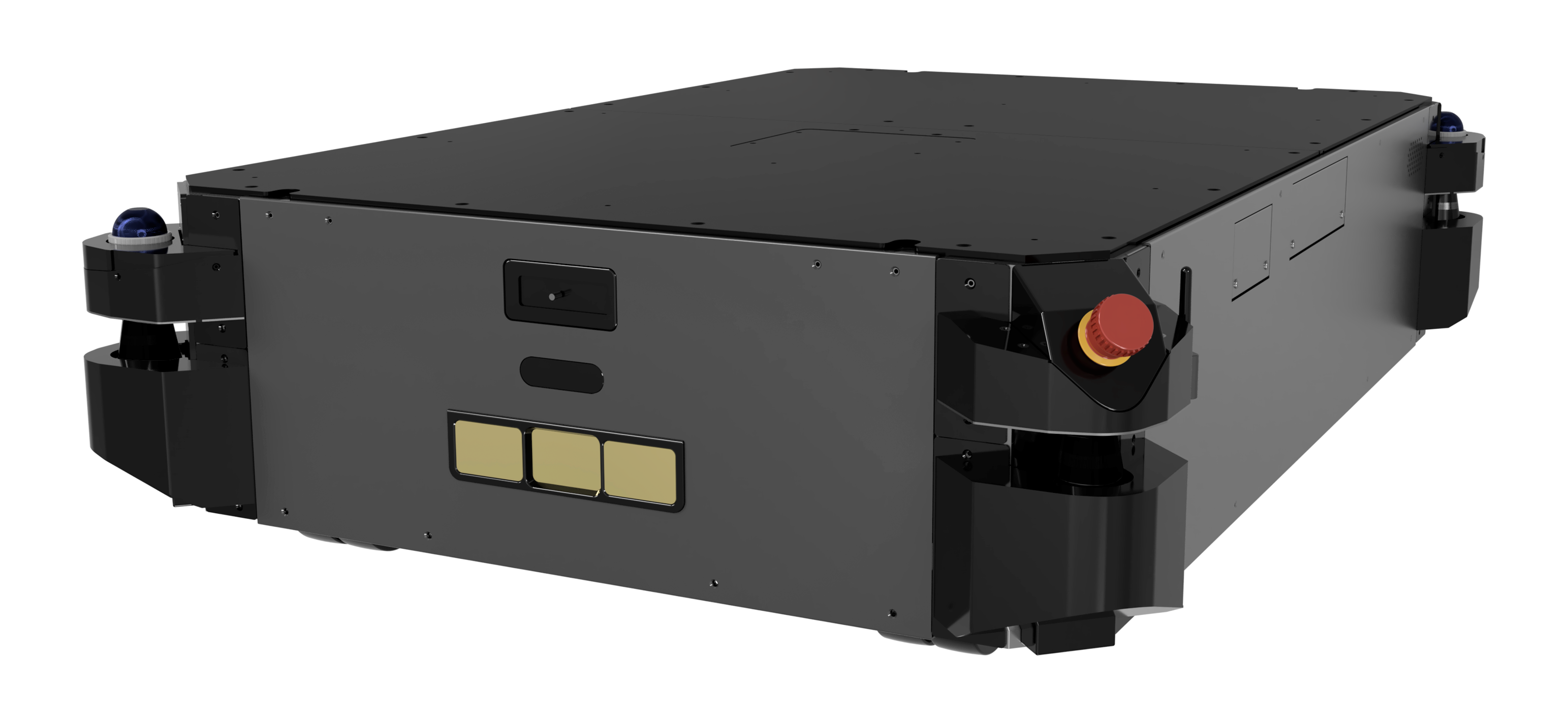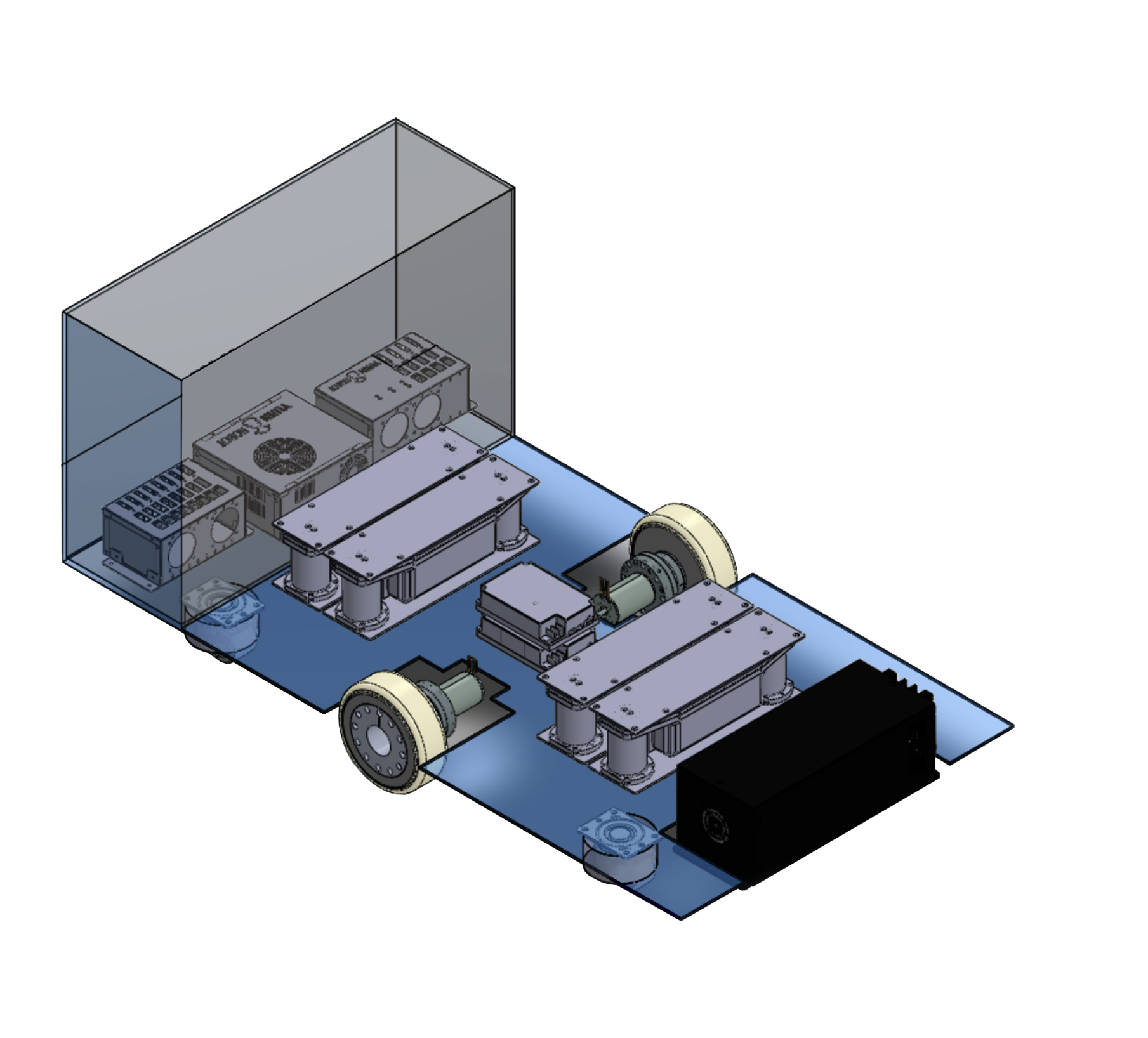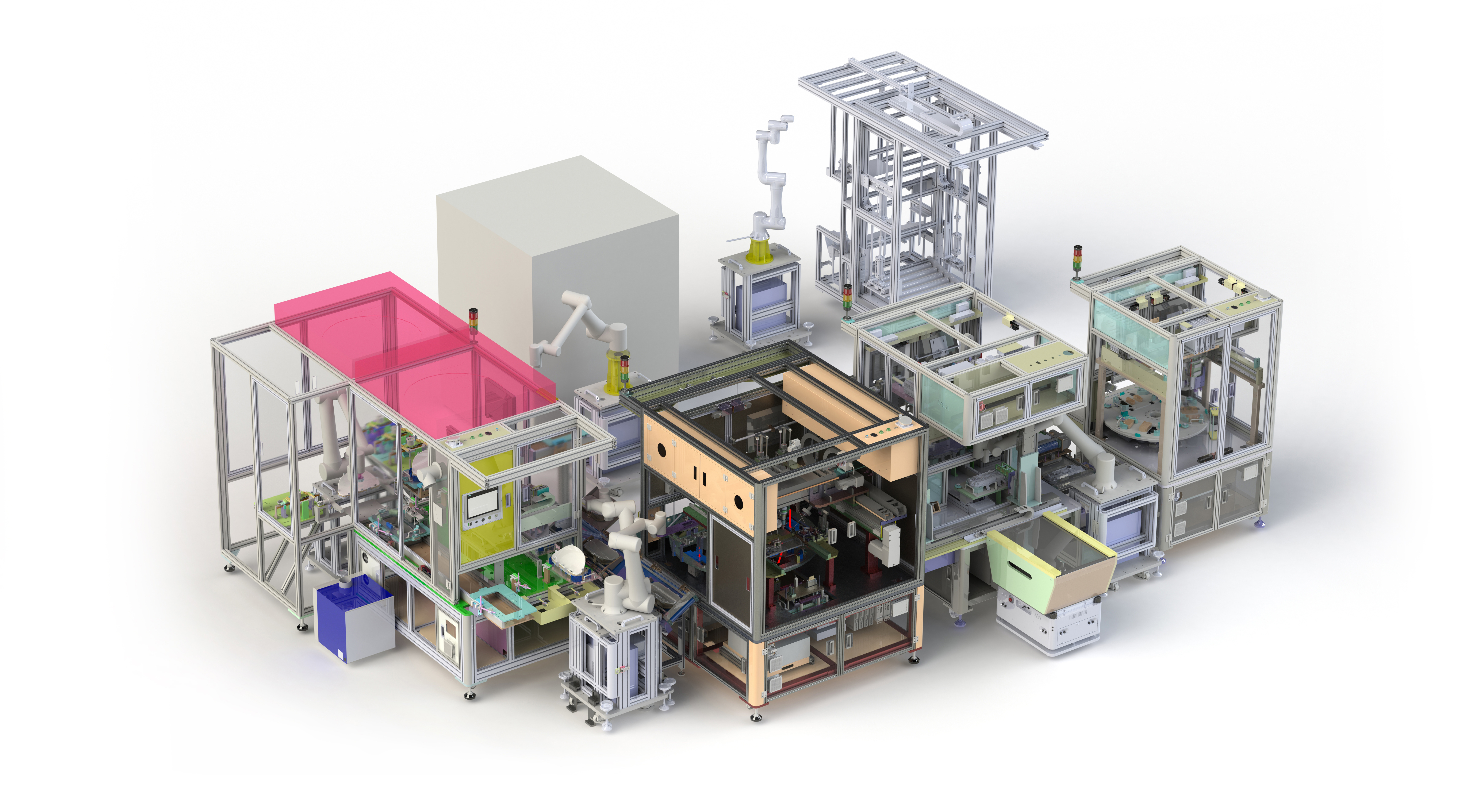Patient safety has always been a critical issue in healthcare settings. In recent years, as healthcare systems have become taxed by more hospitalizations and severe diseases, many hospitals are seeing a shortage of workers as healthcare professionals exit the industry.
This is creating a crisis in the medical community that leaves the remaining workers exhausted and burned out. It creates a dangerous environment that can lead to medical errors and delays in care; without an available supply of workers, hospitals need a solution to this growing problem. According to the 2022 report from the nonprofit ECRI Institute, staffing shortages tops the list of patient safety concerns for hospitals. And with more workers leaving the profession — either due to retirement or burnout — that shortage is expected to worsen.
That’s where automation in healthcare comes in.
GoCart250, first commissioning in Slovenia Hospital

healthcare automation
Send in the Robots
One of the most immediate answers to the question of how to improve patient safety can be found in the use of robotics. Robotics have been used in the healthcare environment for decades, with robotic arms aiding in surgery dating back to the 1980s. Technology has improved dramatically since then, opening the door to the development of robots that can go far beyond surgical tasks; they can complete tasks that save wear and tear on hospital staff while also creating a safer environment for patients and staff alike.
Autonomous mobile robots, or AMRs, provide hospitals and other healthcare environments a way to improve staff efficiency and productivity while also ensuring greater patient safety. Many of the tasks traditionally performed by hospital workers must be performed manually and can consume a large part of an employee’s day. For example, the 2018 study, Nurses’ Time Allocation and Multitasking of Nursing Activities: A Time Motion Study found that nurses spent about 10% of their time on delegable or non-nursing activities, including housekeeping (delivery of linens, returning used linens) and delivery/pickup of food trays. What’s more, many of these non-nursing duties also are costing hospitals because they lead to on-the-job injuries. Overexertion, falls and transportation accidents are all higher among nurses, which creates a potentially costly situation for hospitals that have to pay a portion of the bills and provide work compensation during recovery.
Although that may seem like a negligible amount of time, it is time taken away from patients needing care and, according to a study published in the Journal of Nursing Administration in 2018, it also contributes to nurses feeling distracted and burdened by non-nursing duties — which adds to job dissatisfaction as well as human errors.
The use of AMRs could eliminate these duties from the nursing staff’s daily routine, allowing these professionals to focus on what they have been trained to do: care for the health of their patients. AMRs can also take over tasks such as delivering specimens and blood samples to the lab, and delivering food and general supplies to patients — all things that further free up nurses to focus on providing focused patient care.
In addition to improving patient care, the International Federation of Robotics estimates that the use of robotics in healthcare could cut the average number of steps walked by a nurse by as much as four miles a day in a typical 200-bed hospital. That means it not only speeds up the process of sample and specimen delivery but is less physically demanding on workers.
Using AMRs to transport medicine from the pharmaceutical department to the patient rooms or treatment area also makes it more secure. When a robot is tasked with such delivery, it can complete the task quickly and safely without mistakes, and will not be distracted by other requests. This means it will be delivered quickly and also eliminates the risk of medications going missing.
AMRs automatically improve other aspects of healthcare as well. At a time when patients and staff alike are more concerned about the concern of disease transmission, autonomous robots can significantly slash those risks. When AMRs take over tasks of delivery of items, they dramatically reduce the risk of transmission.
They can enter COVID wards and other infectious areas without posing a risk to patients or healthcare workers, providing peace of mind along with improved efficiency. And when equipped with ultraviolet disinfection equipment, these robots can disinfect operating and patient rooms, hallways, bathrooms and other areas by emitting ultraviolet light that kills bacteria without putting workers at risk of exposure.
This is particularly effective in central sterile services departments, or CSSD. Robots can move in and out of these sterile environments safely and efficiently, ensuring the cleaning, storage, assembly and distribution of sterile materials and contributing to fewer risks of hospital infection.

healthcare automation
Implementing AMRs into Your Practice
Understanding the benefits of AMRs and how they can complement your existing staff begins with knowing how they operate. AMRs are surprisingly compact, allowing them to navigate hospital settings easily — even when the area is narrow and crowded. They’re able to interact with healthcare personnel and patients, which means they can serve as a collaborator (often called a “cobot”) or assistant to the healthcare professional.
AMRs use a combination of sensors, onboard computers, artificial intelligence and something called simultaneous location and mapping (SLAM) technology to “read” and understand their operating environments. Because of this, they can safely guide themselves through even high-traffic environments and deliver the goods or services needed in the fastest, most efficient way possible.
While change is often difficult in any environment, the addition of AMRs can raise many questions, particularly for staff that don’t consider themselves technologically adept. However, research shows that there has been little pushback to the idea of implementing robots as co-workers in hospital environments.
One published survey of healthcare workers showed that 89.5% supported the adoption of a mobile robot, particularly when it was linked to increasing the quality of the care they could provide. (Not surprisingly, workers with a stronger understanding of technology were more comfortable with the ideas.)
Most of the healthcare workers surveyed also believed that such robots could help reduce the physical burdens of their jobs, such as the previously mentioned transport of food, linens, medication, etc. To reach employees who are less enthusiastic about the implementation of AMRs, it’s important for hospitals to provide reassurance and adequate training to ensure staffers feel comfortable with this change.
Emphasizing the reliability and efficiency of the robots is important, as is reassurance that AMRs are not designed to replace an employee; they are created to enhance the productivity of healthcare workers, reducing their fatigue and allowing them more time to spend caring for patients.
Working Side By Side
As technology continues to evolve, the tasks performed by AMRs will expand as well. From an operational standpoint, robots allow hospitals to improve efficiencies in logistics that help cut costs without cutting corners. From a human standpoint, AMRs improve patient safety and comfort by decreasing the risk of infection from bacteria or viruses; providing rapid delivery of food and medications; and allowing nursing and other healthcare staff to devote more time to patient care while having the assurance that all aspects of patient care are being attended to.
Finally, from the healthcare worker’s perspective, an AMR can ease physical exertion; reduce the stress that results from being overburdened and distracted by non-nursing duties; and allow them to get back to the patient interaction and care that led them into the profession to begin with.



















